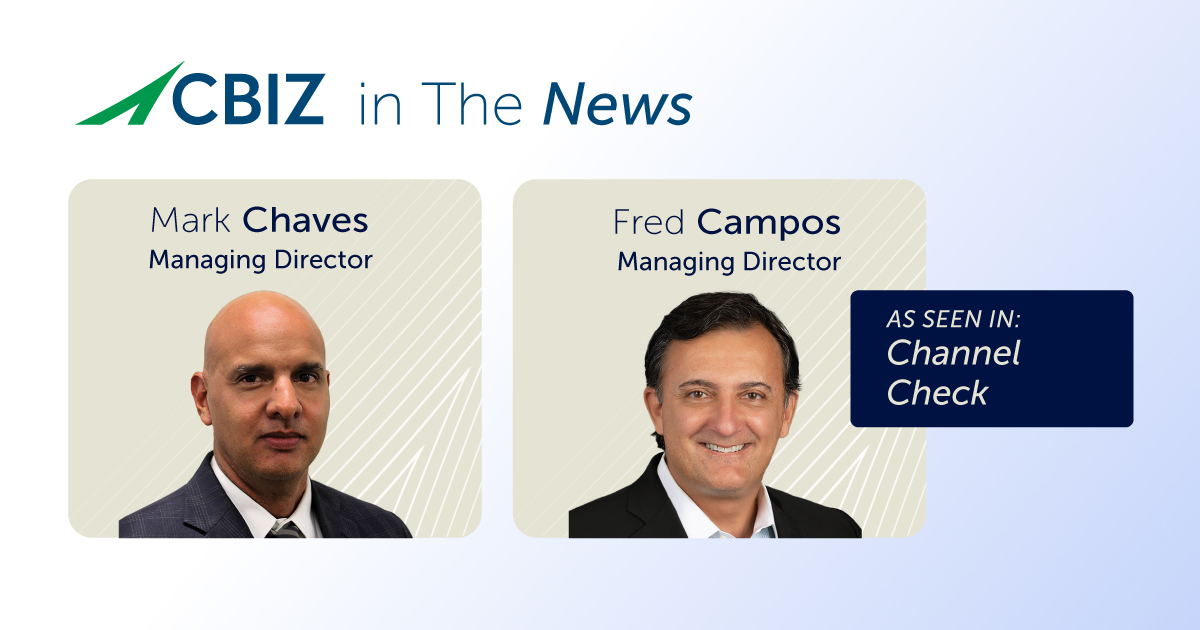At a Glance
- Newly announced M&A deals can leave middle-market firms particularly vulnerable to cyberattacks and other technology issues.
- Day One, Day 90, and Day 180 post-deal checkpoints can help leaders preserve resources, evaluate strengths, and implement scalable systems.
- Remember: effective system modernization isn’t just a risk mitigation exercise—it’s a change management effort that enables efficiency, better insights, and new business opportunities.
A new deal announcement is like putting out honey for flies—the flies, in this case, being cyberhackers who presume that the company at the center of the transaction is not only economically important but flush with newfound liquidity. It’s little surprise, then, that a private equity Chief Information Security Officer (CISO) told Forbes last year that phishing attempts on acquired companies increased by 400% in the months following a deal announcement.
Middle-market businesses are particularly susceptible during this transition period. Hackers anticipate that private equity buyers are more flush with cash and more concerned about business disruption post-deal, thereby making them bigger targets—they also tend to be more vulnerable to cyber risk generally.
Beyond cyber risk, most organizations are focused on growth, profitability, efficiency and customer expansion, post-deal. It’s about business enablement: giving a company what it needs to work better and grow faster. After all, strategic and financial buyers alike must be able to quickly track performance and position the new company for growth. Both initiatives require integrated systems, solid data, updated applications, and comprehensive business continuity plans to enable faster and better executive and management decision-making.
Here’s what middle-market leaders need to know.
Establish a Day One, 90 Day, and 180 Day Plan
Pre-deal IT due diligence can only reveal so much: the exercise is dependent on what the seller provides, and so it may take time to uncover the cracks. Proactive assessments to understand what is under the covers and developing a comprehensive plan to address issues ASAP are critical to position the system for growth.
That said, executives who take proactive steps in the post-close period can help mitigate tech risk and create new business opportunities. It can help to prioritize by establishing clear Day One, 90 Day, and 180 Day strategic plans. For instance:
Day One: Preserve Key Resources
So you’ve been handed the keys to a new company. What’s next?
On day one, it’s most important to ensure effective leadership is in place for at least the near-to-medium term. The worst-case scenario is that on day two, your most important IT resource gets another offer.
You also don’t want your vendors pulling out via a change of control clause in their contract. This should be validated in the closing process to avoid disruption.
These efforts may differ depending on the transaction type. For example, a carve-out deal should involve a transition services agreement that enables the seller to support IT systems for a certain period as the buyer adjusts.
90 Day Plan: Conduct a Strategic Review
During the initial ninety days after closing, it’s time for executives to conduct a rapid review of where things stand: What are the business’s current strengths and weaknesses? Where are new opportunities for growth (e.g., via cross-selling and expanded sales possibilities)? Are the right tech systems and data in place to help meet those goals and measure impact? Can the team and systems provide the right reports and analytics for real-time decision making?
For instance, a food processing company we worked with years ago had an older tech stack that made it difficult to analyze business performance and get real-time insights into inventory supply and customer orders. In the wake of a merger, its applications had to be swiftly updated to ensure the business stayed on track. While updating the tech stack can be time intensive, its suitability is a critical component that most buyers will review. Tech stack status can easily increase or decrease the value of any business.
Other opportunities at this stage often include the implementation of a customer self-service portal, real-time analytics of purchase patterns, and the use of AI and automation to develop new customer service chatbots and streamline manual processes.
This can drive significant value: Salesforce’s CEO recently reported that its AI is handling customer inquiries with 93% accuracy and can manage up to 50% of support work. The use of AI can allow those experienced staff members to reduce repetitive tasks and focus on more high-value projects.
180 Day Projects: Modernize and Integrate Systems
Be it customer relationship management (CRM) systems, enterprise resource platforms (ERPs), or any number of other tech applications, by day 180, executives should be ready to understand what the standard systems should be for the post-close company. While it is highly unlikely that these systems can be modernized or fully implemented in the first 180 days, getting these initiatives prioritized and started as soon as possible is critical. Waiting can allow other priorities to take precedent and risk the organization sticking to the “old ways” of business.
The benefits of integration here are instrumental in creating new value. Manufacturers, for example, may be able to limit issues with stockouts and speed up inventory churn rates by using software that provides shared visibility; retailers can identify new opportunities for cross-selling by having one customer file instead of two; and all organizations can likely get better deals from vendors by consolidating their spend and driving more volume to a single provider.
The key to effective integration, however, is less about tech and more about people. For employees at post-close companies, it might feel like Americans getting into a car in the UK and trying to adjust to right-hand steering and new buttons in different places. Executives should therefore view this as a change management exercise that focuses on how workers can shift their habits and, crucially, understand how a new system will make their jobs easier.
IT Drives Business Growth
For middle-market buyers, post-close technology planning is about much more than avoiding disruption—it’s about creating the conditions for new business growth.
By prioritizing talent retention and vendor continuity on Day One, conducting a strategic review by Day 90, and starting to integrate systems in the first 180 days, dealmakers can turn potential vulnerabilities into competitive advantages in today’s hypercompetitive marketplace.
If you’re navigating IT risks in a transaction or need support aligning technology with your deal strategy, connect with a CBIZ professional today. Our team can help you uncover red flags, mitigate risks, and position your M&A for success.
Related Reading:
To learn more about IT due diligence for M&A, read IT Due Diligence in the AI Era: Avoid These Red Flags for M&A Success.
© Copyright CBIZ, Inc. All rights reserved. Use of the material contained herein without the express written consent of the firms is prohibited by law. This publication is distributed with the understanding that CBIZ is not rendering legal, accounting or other professional advice. The reader is advised to contact a tax professional prior to taking any action based upon this information. CBIZ assumes no liability whatsoever in connection with the use of this information and assumes no obligation to inform the reader of any changes in tax laws or other factors that could affect the information contained herein. Material contained in this publication is informational and promotional in nature and not intended to be specific financial, tax or consulting advice. Readers are advised to seek professional consultation regarding circumstances affecting their organization.
“CBIZ” is the brand name under which CBIZ CPAs P.C. and CBIZ, Inc. and its subsidiaries, including CBIZ Advisors, LLC, provide professional services. CBIZ CPAs P.C. and CBIZ, Inc. (and its subsidiaries) practice as an alternative practice structure in accordance with the AICPA Code of Professional Conduct and applicable law, regulations, and professional standards. CBIZ CPAs P.C. is a licensed independent CPA firm that provides attest services to its clients. CBIZ, Inc. and its subsidiary entities provide tax, advisory, and consulting services to their clients. CBIZ, Inc. and its subsidiary entities are not licensed CPA firms and, therefore, cannot provide attest services.















